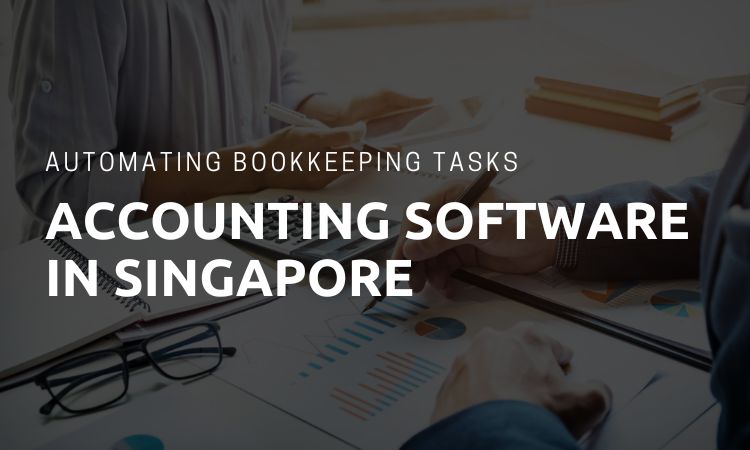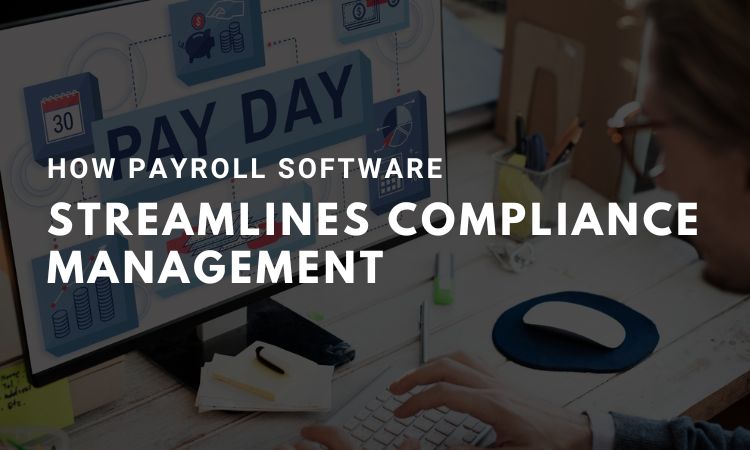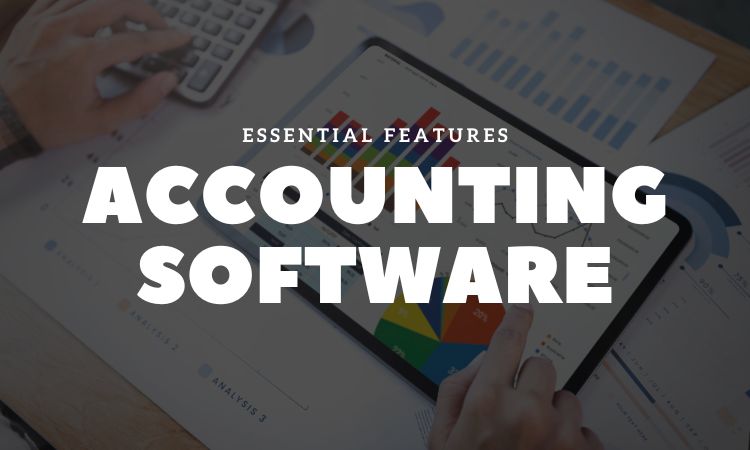Manual Accounting Vs Computerized Accounting
How To Stand Out From The Business Crowd
June 10, 2016Computerized Accounting Software
June 14, 2016Manual Accounting versus Computerized Accounting
Computerized Accounting software
Accounting is an important part of every company. Businesses are required to keep books on their credits and debits. So which is best for your business idea – people or software?
As many professional accountants and auditors state – accounting is a language of business which is accepted in all developed and developing countries.
Every company applies to account because it is generally accepted that companies have to reveal certain financial and management information to the government and public users and of course because accounting is an indispensable tool in a business decision-making process. With the development of information technologies, there were developed many computer products (software) that make accounting as easy as ABC for those who use them. From this point, accounting can be divided into two basic categories: those which apply manual accounting and those which prefer computerized accounting systems. This paper targets the main features of manual and computerized accounting, their benefits and shortcomings, and their comparison.
From the accounting theory it is known that accounting cycle includes the following steps: journalizing the transactions, posting them to ledger accounts, preparing trial balance, making adjustment entries, preparing adjusted to end-of-period trial balance, preparing financial statements and appropriate disclosures, journalizing and posting the closing entries, and preparing after-closing trial balance at last. From the first look it is not very difficult and it is so indeed, but when there are thousands or millions of transactions the situation dramatically changes. Lots of transactions that must be processed in the accounting cycle make this process routine and even a little mistake or inaccuracy can cause all the cycle from the very beginning in order to find and correct the mistake. So as to shed some light on the matter lets examine accounting cycle more thoroughly.
Every transaction (event that change the financial resources or obligations of the company) must be recognized, classified and documented; in addition there must be corresponding accounts identified and changed. The transactions are recorded in appropriate journals (general journal, sales journal etc) with transaction data, affected accounts’ titles, debit and credit of each affected account and explanation specified in the journal record. The above procedure is used for each transaction. All the journal records must be posted to the ledger on a periodic basis (daily or weekly), which is a group of accounts put together and classified (assets, liabilities, revenue, expenses and equity)–in other words general ledger summarizes all the transactions within a period of time. In addition there is a subsidiary ledger can be used, which is a more detailed source, where individual items comprised (inventory, accounts payable and accounts receivable). General ledger contains controlling accounts which summarize the content of subsidiary ledger.
At the end of accounting period with the help of general ledger there is a trial balance calculated to make sure that debit and credit are in balance (if they are not equal it means that there is an error somewhere). Then there must be appropriate adjustments made like depreciation and income tax expenses, adjusted records posted to the ledger and adjusted trial balance calculated. After this there are financial statements should be prepared, which include balance sheet, income statement, statement of retained earnings and statement of cash flows. Then journal entries of temporary accounts are closed to permanent accounts and posted to the ledger, and at last after-closing trial balance can prepared.
In order to stay on top companies have to analyze the performance of all organizational cells (starting from unskilled workers and operating personnel, and finishing with top managers and other key personnel) and discover all the deviations from the plan, their causes, and finally companies’ management has to take corresponding measures to avoid such deviations in the future. These procedures are called internal controls and include the following five elements: control environment, risk assessment, monitoring, information and communication, which are assessed separately and put together a single rate of organization’s performance. Control environment means the way of organization’s internal control–which manager controls the employees, how and whom does that manager reports next about the plan performance etc. Risk assessment implies measures to determine all the potential risks in advance, their causes, probabilities and counter-measures to avoid and manage them; how can those risks influence company’s performance and financial state; how to minimize the costs of facing financial risks etc. Monitoring implies quality control of company’s operations and personnel.
Information and communication element means the control over communication flow and the quality of information flow within the organization in order to minimize the time of communication and information losses. Internal control procedures allow to keep companies’ assets from dissipation and control productivity and usefulness of all departments.
Let’s return to the main issue of the paper. Manual accounting implies that employees perform the whole accounting cycle manually on a periodic basis: they calculate trial balances, journalize transactions, prepare financial statement reports and other routines. Of course it takes much time, resources and effort in large organizations. Computerized accounting implies that the only thing that employees do is recording transactions into the computer which processes the other steps of accounting cycle automatically or by a request. But this is a very simplified view on the computerized accounting because transaction is a complex category which includes not only sales or acquisitions, but depreciation, premiums and wages calculation, dividends etc. So computers provide accurate calculations and smart reports but it takes much time, resources and effort too and it’s difficult to assess which accounting type is more fast and economic. If manual accounting requires qualified accountants to keep a record of business transactions, computerized requires accountants which can use specific software and thus they cost more. Computer software calculates faster but it does not know what you need until you can clearly explain what exactly you need. In addition good computerized accounting system can cost thousands and even millions dollars, depending on the complexity and the size of organization. Computerized accounting provides better internal control report system for any given period of time (computer can control thousands indicators simultaneously and create notifications to the appropriate departments or workers if some indicators do not correspond to the normal state), while manual control takes more time.
Among the advantages of manual accounting there are:
Comparatively cheap workforce and resources, reliability, independence from machines, skilled workers availability; the disadvantages include: reduced speed, increased effort of accountants, relatively slower internal control reporting, routine work and some others.
Among the main advantages of computerized accounting there are: high speed and mobility of reporting, reliability, no routine work, increased accuracy, internal control system of increased productivity, easy back up and restoration of records; the disadvantages include: extremely high costs on developing, introducing and using the system, special trainings for personnel, increased personnel costs, dependence on machines etc.
Obviously both computerized and manual accounting have advantages and disadvantages but they perform the same task, and the final result is the same. The main differences between them are the costs Health Fitness Articles, speed and mobility.
Thus small and medium businesses usually prefer manual accounting without detriment to quality while large corporations apply complex accounting systems which cost millions dollars but the effect from their application exceeds all the expectations.




